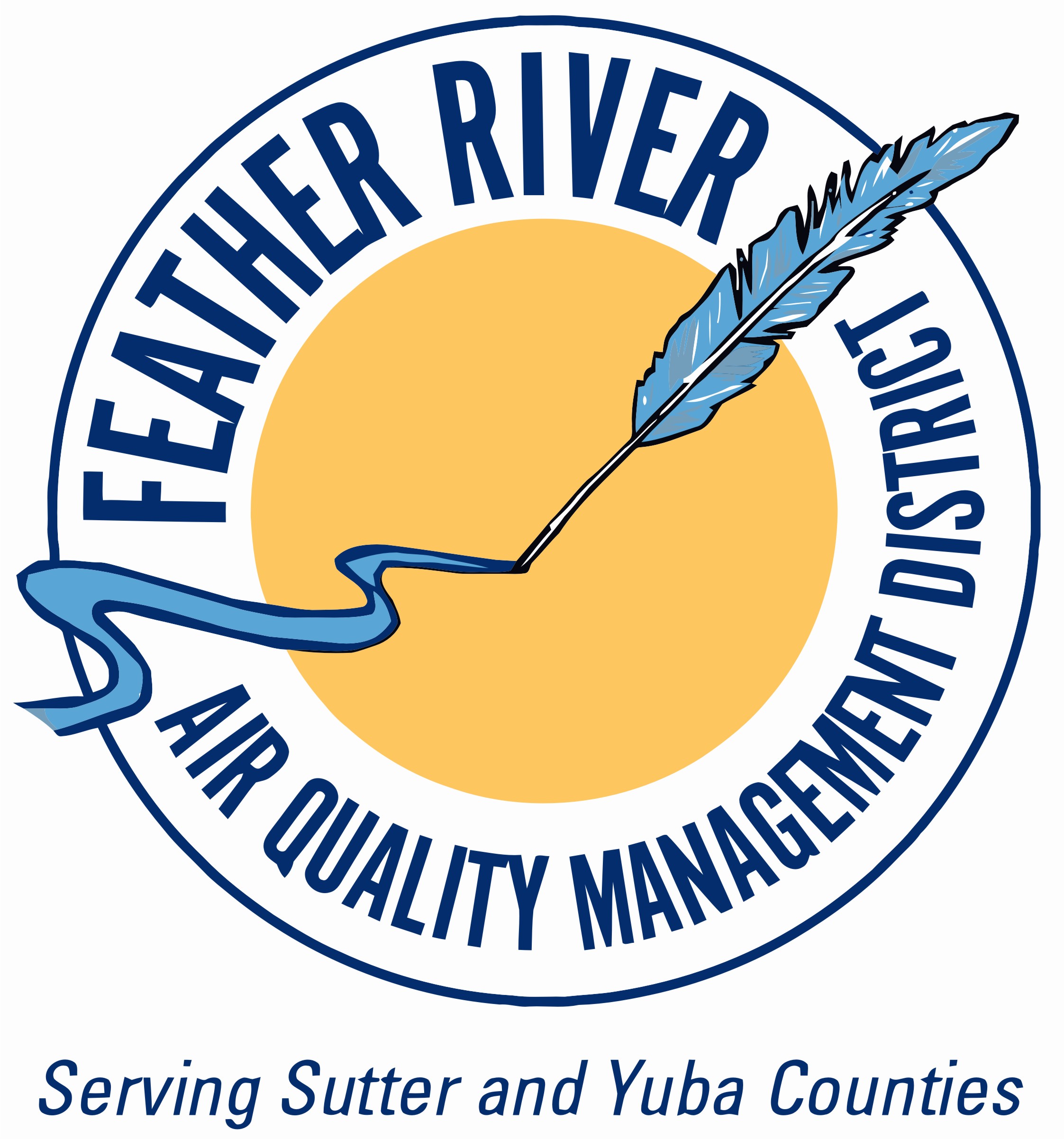Woodburning and Particle Pollution Information
Wood smoke is waste. Any smoke that escapes from your wood stove or fireplace is wasted fuel that will stick in your chimney as creosote or be released as air pollution. Wood smoke contains particulates such as PM10 and PM2.5 as well as toxic air contaminants and other criteria pollutants. An old or poorly installed wood stove can result in higher maintenance costs, greater risk of smoke in your home, and more pollution.
Beginning in 1990, the United States Environmental Protection Agency (EPA) began certifying woodstoves for emissions levels. Properly installed EPA certified wood stove and fireplace inserts offer many benefits. They burn wood efficiently, more safely, and heat your home effectively with much less smoke. With EPA certified wood stoves and fireplace inserts, you should see only a thin wisp of steam coming from your chimney.
For more information on wood burning in stoves and fireplaces, please visit EPA's website: http://www.epa.gov/burnwise
Rule 3.17 Wood Burning Devices includes requirements for newly installed wood burning devices. This includes wood stoves and fireplaces in both Yuba and Sutter counties. Newly installed wood burning devices must meet EPA-phase II emissions certifications. For a list of EPA-certified wood stoves visit:
Find Rule 3.17 and other District Rules at ww2.arb.ca.gov/current-air-district-rules
What is particle pollution?
Particle pollution (also called particulate matter or PM) is the term for a mixture of solid particles and liquid droplets found in the air. Some particles, such as dust, dirt, soot, or smoke, are large or dark enough to be seen with the naked eye. Others are so small, they can only be detected using an electron microscope.
Particle pollution includes "inhalable coarse particles," with diameters between 10 and 2.5 micrometers; and "fine particles," with diameters that are 2.5 micrometers and smaller. How small is 2.5 micrometers? Think about a single hair from your head. The average human hair is about 70 micrometers in diameter – making it 30 times larger than the largest fine particle.
These particles come in many sizes and shapes and can be made up of hundreds of different chemicals. Some particles, known as primary particles are emitted directly from a source, such as construction sites, unpaved roads, fields, smokestacks or fires. Others form in complicated reactions in the atmosphere of chemicals such as sulfur dioxides and nitrogen oxides that are emitted from power plants, industries and automobiles. These particles, known as secondary particles, make up most of the fine particle pollution in the country.
What are the health impacts of particle pollution?
Particle pollution - especially fine particles - contains microscopic solids or liquid droplets that are so small that they can get deep into the lungs and cause serious health problems. Numerous scientific studies have linked particle pollution exposure to a variety of problems, including:
- increased respiratory symptoms, such as irritation of the airways, coughing, or difficulty breathing, for example;
- decreased lung function;
- development of chronic bronchitis;
- aggravated asthma;
- irregular heartbeat;
- nonfatal heart attacks; and
- premature death in people with heart or lung disease.
People with heart or lung diseases, children and older adults are the most likely to be affected by particle pollution exposure. However, even if you are healthy, you may experience temporary symptoms from exposure to elevated levels of particle pollution. More information on particle pollution and health is available at US EPA's website https://www.epa.gov/burnwise/wood-smoke-and-your-health.
What is the current air quality in Yuba-Sutter Area?
To check the current pollutant levels at our sensor located on Almond Street in Yuba City, please click the link below:
Current Air Quality in Yuba City available at www.fraqmd.org/local-air-quality-conditions
The District forecasts PM2.5 and issues a recommended action for residential wood heating devices during the wintertime months of Nov-Feb. This is called the Stop Light Program. For more information, please visit Stoplight Check Before You Burn Program at www.fraqmd.org/stoplight-check-before-you-burn-program webpage.
What can I do to limit my exposure to particle pollution?
If you are in an area that is being impacted by particle pollution such as smoke from wildfires, fugitive dust, or other source of pollution, there are a few things you can do to reduce your exposure. You can limit strenuous activity outdoors and keep windows and doors shut and air conditioners set to "recycle" setting. To limit exposure indoors, refrain from using candles, woodburning stoves, fireplaces, vacuuming, or dusting when particulate levels outdoors are high. For more ideas about how to limit your exposure to particle pollution, see the EPA's website: https://www.epa.gov/pm-pollution/particulate-matter-pm-basics#exposure.
The FRAQMD issues a recommended action in the wintertime months to reduce particle pollution from wood burning stoves and fireplaces. The Stoplight: Check Before You Burn Program is a voluntary program that asks residents who have alternative forms of heating to forgo burning wood in an uncertified device when the air quality conditions are forecasted to be poor. For more information, visit the Stoplight:Check Before You Burn Program at the www.fraqmd.org/stoplight-check-before-you-burn-program webpage.
For more information, please contact the FRAQMD Planning Department.

